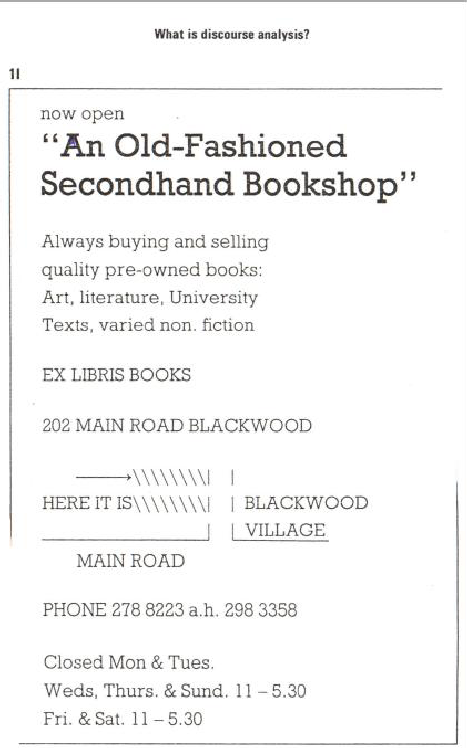
Seminar 1.
1. Communication Theory.
2. Methods & Main Lines of Research in Communicative Studies.
3. Defining Communication.
4. Typology of Communication.
5. Models of Communication.
6. Ethnography of Communication.
Practical tasks
Ø Language of InterpersonalCommunication: VocabularyQuiz
Match the items of interpersonal communicationwith their definitions
______ interpersonal communication
______ encoding
______ feedback
______ semantic noise
______ feedforward
______ relationship messages
______ sender – receiver
______ signal-to-noise ratio
______ communication as a transactional process
______ cultural context
1) messages sent back to the source in response to the source’s messages;
2) each person in the interpersonal communication act;
3) information about messages that are yet to be sent;
4) interference that occurs when the receiver does not understand the meanings intended by the sender;
5) the rules and norms, beliefs and attitudes of the people communicating;
6) communication as an ongoing process inwhich each part depends on each other part;
7) communication that takes place between two persons who have a relationship between them;
8) messages referring to the connection between the two people in communication;
9) a measure of meaningful message compared to interference;
10) the process of sending messages, for example, in speaking or writing.
Ø Give Effective Feedback
How would you give feedback in these various situations? Think about one or two sentences for each of them.
a) a friend – whom you like but don’t have romantic feelings for – asksyou for a date;
b) your lecturer asks you to evaluate the course;
c) a bank manager asks if you want a credit card;
d) a homeless person smiles at you on the street;
e) a colleague at work tells a homophobic joke (homophobia – feeling of hatred against homosexual people).
Ø Think Critically about the Following Questions
1) What are the most important interpersonal skills for success in business?
2) Are women more sensitive to relationship messages than men?
3) Does communication accommodation take place on the Internet as it does in face-to-face communication?
Ø Study the Following Piece of Communicative Act and
Categorize Them According to the Setting, Types and Functions
of Communication
A: It’s a worry isn’t it?
B: What?
A: Your money (yes) organizing your money affairs.
B: tis ... A big worry.
C: Mmm
B: I’ve got to manage my money to look after myself in my old age.
A: You’re in it.
B: What?
A: You’re in it – you’re in your old age.
B: I might live for another ten years. Be ...
C: Be a bloody miracle [laughter].
B: What? What did she say?
A: Be a miracle – after the life you’ve led. If you’d led a nice sedentary existence and hadn’t drunk or smoked you might’ve been able to look forward to a telegram from the Queen.
C: Be a thrill!
A: A big thrill.
Seminar 2.
1. Language from the Standpoint of Culture and Cognition.
2. Sapir-Whorf hypothesis.
3. Spoken versus Written Language.
4. Managing Conversation.
5. Maintaining Conversation.
6. The Nature of Verbal / Non-Verbal Messages.
7. The Relative Importance of Verbal and Non-Verbal Communication.
Practical tasks
Ø Look at the following abstracts. Identify types of texts and analyse them from the point of view of grammatical complexity. Present the second text as a piece of written language, making all the necessary changes.
1 .
Like Vincent d’Indy, a disciple of Cesar Frank, Chausson shares
with
them a dreamy, even idle poetry, sumptuous but precise
orchestration,
and an energy that is intimate rather than
powerful,
ascetic rather than importunate.
.
Like Vincent d’Indy, a disciple of Cesar Frank, Chausson shares
with
them a dreamy, even idle poetry, sumptuous but precise
orchestration,
and an energy that is intimate rather than
powerful,
ascetic rather than importunate.
2. This morning Associate Professor Dean Wolfe will talk about the science of music at half-past eleven, and we’ll hear some fascinating things such as musicians playing music backwards – but most of it will be played forwards!
Ø Study the following written text (on the right). Identify the ways in which its linguistic features are determined by the context and purpose for which it was produced.
